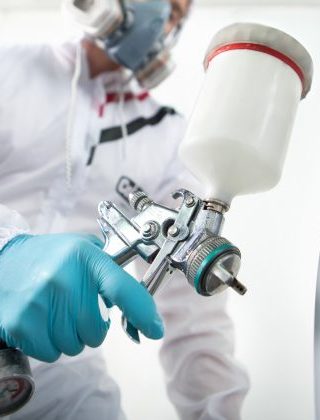Preventive maintenance is a cornerstone of effective downtime management in manufacturing environments. By proactively addressing equipment issues before they escalate into costly breakdowns, companies can minimize downtime, improve operational efficiency, and enhance overall productivity. This article explores the importance of preventive maintenance and its impact on reducing machine downtime in manufacturing facilities.
Understanding Preventive Maintenance
Preventive maintenance involves scheduled inspections, repairs, and servicing of equipment to prevent potential failures and downtime. Unlike reactive maintenance, which addresses issues after they occur, preventive maintenance aims to identify and resolve problems proactively. By conducting regular maintenance activities based on equipment manufacturers’ recommendations and historical performance data, manufacturers can prolong equipment lifespan and reduce the likelihood of unexpected downtime.
Key Benefits of Preventive Maintenance
- Reduced Risk of Breakdowns: Regular inspections and servicing help identify and address potential equipment failures before they cause major disruptions in production. This proactive approach minimizes the risk of unplanned downtime and ensures continuous operation of critical machinery.
- Improved Equipment Reliability: Implementing preventive maintenance measures enhances equipment reliability and performance consistency. By maintaining optimal operating conditions, manufacturers can mitigate wear and tear, reduce component failures, and extend equipment lifespan.
- Cost Savings: Preventive maintenance is cost-effective compared to reactive repairs, which often involve emergency service calls, replacement parts, and production delays. By avoiding unexpected downtime and associated repair costs, manufacturers can allocate resources more efficiently and optimize operational budgets.
Strategies for Implementing Preventive Maintenance
- Developing Maintenance Schedules: Establishing regular maintenance schedules based on equipment usage, manufacturer guidelines, and operational requirements ensures timely inspections and servicing. This proactive approach prevents equipment deterioration and minimizes the likelihood of downtime due to neglected maintenance.
- Utilizing Predictive Maintenance Technologies: Integrating predictive maintenance technologies, such as condition monitoring sensors and predictive analytics, enhances the effectiveness of preventive maintenance programs. These technologies provide real-time insights into equipment health and performance trends, enabling early detection of potential issues and pre-emptive maintenance actions.
- Training and Empowering Maintenance Teams: Providing comprehensive training and resources to maintenance personnel empowers them to perform effective preventive maintenance tasks. Equipping teams with knowledge of equipment operation, troubleshooting techniques, and maintenance best practices enables proactive problem-solving and minimizes downtime risks.
Conclusion
Preventive maintenance is a proactive strategy for reducing machine downtime, improving equipment reliability, and optimizing manufacturing operations. By prioritizing regular inspections, timely repairs, and the adoption of advanced maintenance technologies, manufacturers can enhance operational efficiency and maintain a competitive edge in the market.
For more information on preventive maintenance strategies and machine downtime tracking solutions, please contact us at 1.888.499.7772. Our team of experts is committed to helping you implement effective downtime management practices and maximize productivity in your manufacturing facility.




